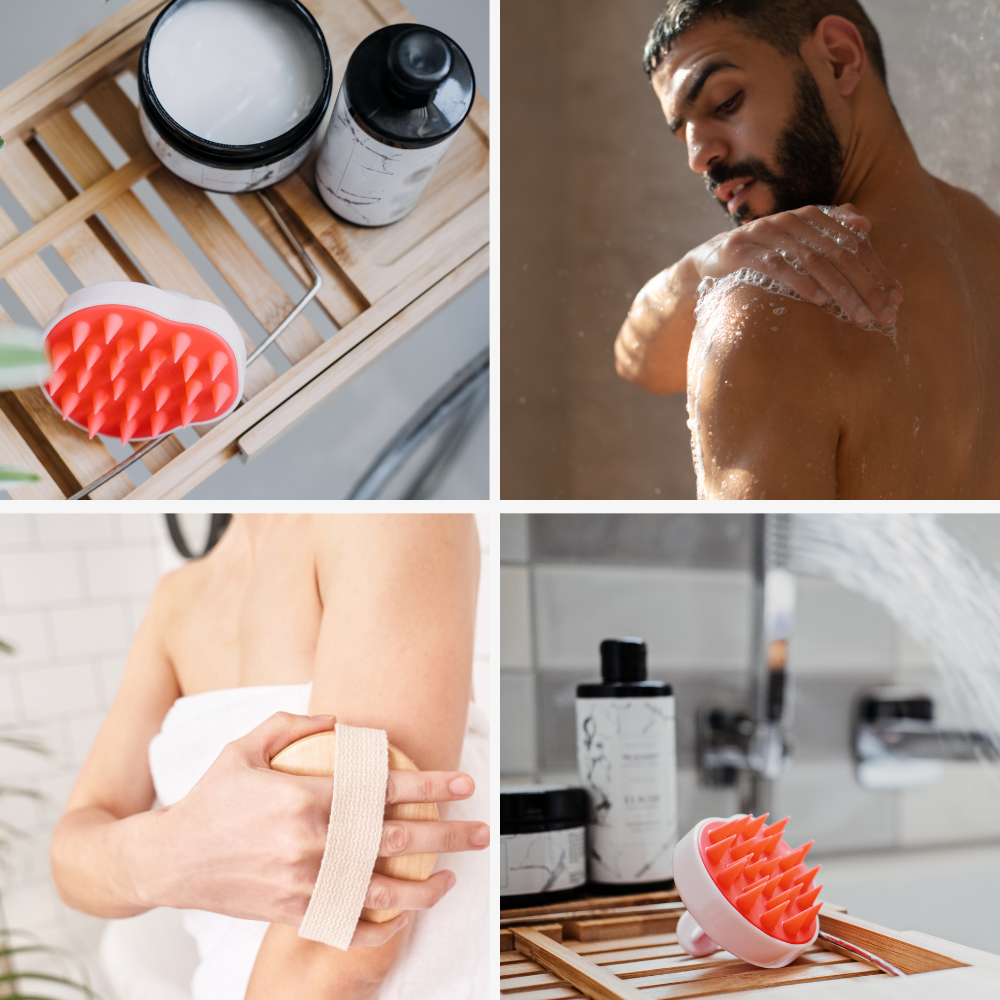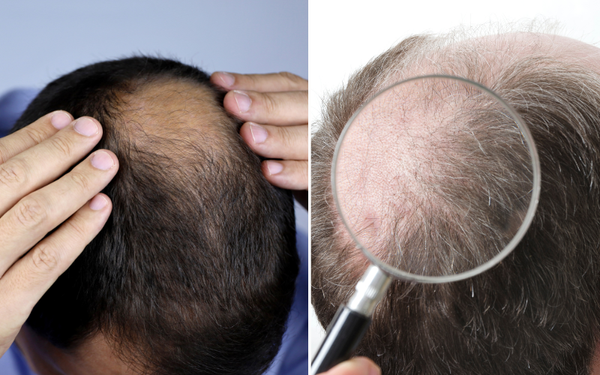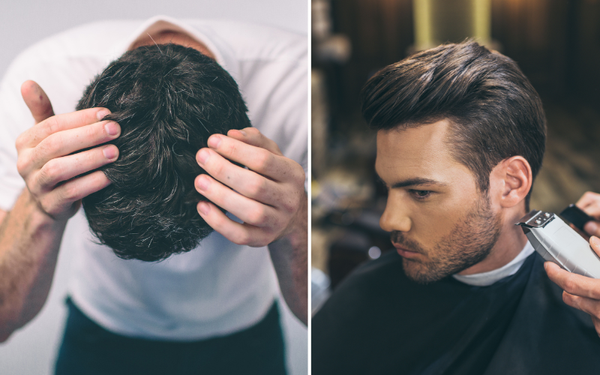If you're like most people, you've probably been using a traditional loofah or a washcloth to exfoliate your skin during baths and showers. But these methods may not be effective enough to completely remove dirt, dead skin cells, and other impurities. That's why many skincare enthusiasts have switched to silicone scrubbers. These products are designed to gently but thoroughly cleanse your skin, leaving it soft, smooth, and glowing. However, since silicone scrubbers are relatively new in the market, you might be wondering whether they're good for your body.
In this blog post, we'll explore the benefits and drawbacks of silicone scrubbers and help you make an informed decision.
What Are Silicone Scrubbers?
Silicone scrubbers are bath and shower accessories made of medical-grade silicone. They come in different shapes and sizes, ranging from flat pads to mitts, with varying textures and bristle patterns. They're designed to exfoliate your skin by lifting away dead cells, unclogging pores, and improving circulation. Some silicone scrubbers also have antimicrobial properties that prevent the growth of bacteria, fungi, and mold. Unlike traditional loofahs and washcloths, silicone scrubbers are easy to clean, reusable, and long-lasting.
Benefits of Using Silicone Scrubbers
There are several benefits of using silicone scrubbers for your body. First and foremost, they're gentle enough to use on sensitive skin without causing irritation or redness. They're also highly effective at cleansing your skin, removing dirt, oil, and makeup residues, and reducing the appearance of acne, blackheads, and blemishes. Moreover, silicone scrubbers are hygienic and easy to maintain. You can simply rinse them with water and air dry them after each use. They're also resistant to mildew and bacteria, which can thrive on traditional loofahs and washcloths.
Drawbacks of Using Silicone Scrubbers
While silicone scrubbers have many benefits, they also have some potential drawbacks. One of the main concerns is that they may not be suitable for all skin types. If you have very oily or acne-prone skin, for instance, a silicone scrubber may exacerbate your condition by spreading bacteria or causing excessive oil production. Another possible drawback is that silicone scrubbers may not provide enough exfoliation for some people. If you have thick or rough skin, you may need to use a stronger exfoliating tool, such as a scrub brush or a pumice stone.
How to Use Silicone Scrubbers Safely
To get the most out of your silicone scrubber and avoid any harm, you need to use it safely. First, make sure your skin is wet and softened before using the scrubber. You can use warm water or your favorite body wash to lather up the scrubber and then massage your body in circular motions. Don't apply too much pressure or scrub too hard, as this can damage your skin and cause redness or irritation. Second, after using the scrubber, rinse it thoroughly with water and hang it to dry in a well-ventilated area. Don't keep it in a damp or humid place, as this can promote the growth of bacteria. Finally, replace the scrubber every 2-3 months or when it starts to look worn out or damaged.
Conclusion
Silicone scrubbers can be a great addition to your skincare routine if you use them safely and appropriately. They offer many benefits, such as gentle exfoliation, thorough cleansing, and easy maintenance. However, you need to keep in mind that they may not work for all skin types and that you should avoid using them too aggressively. As with any skincare product, it's always a good idea to do a patch test before using it on your entire body. If you have any doubts or concerns, consult your dermatologist or skincare professional. With proper use and care, silicone scrubbers can help you achieve healthy, radiant, and flawless skin!










